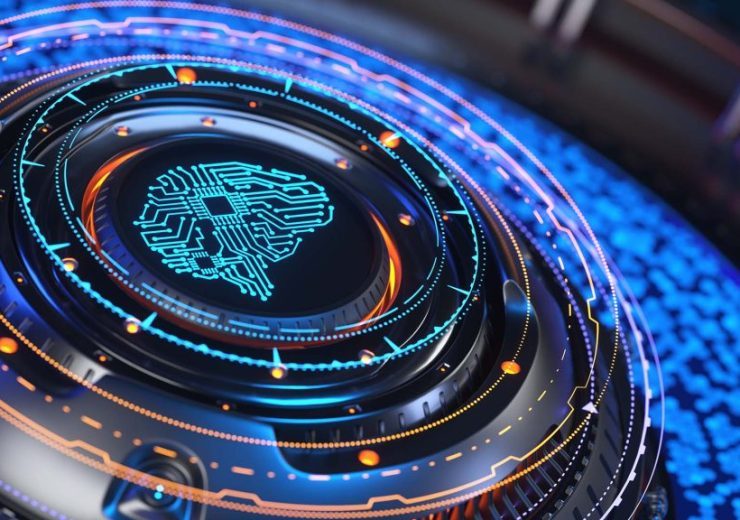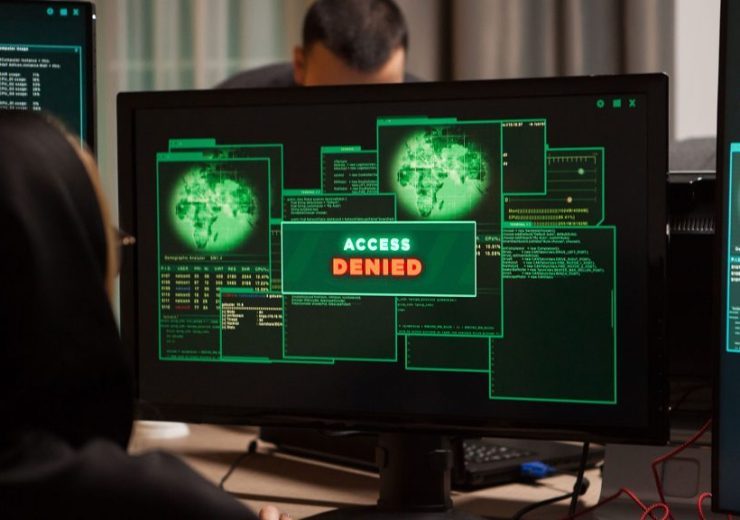Exploring the World of Digital Twins


In the realm where the digital meets the physical, a fascinating concept is taking shape: digital twins. These virtual replicas of physical systems are not just mirroring reality; they’re revolutionizing industries by unlocking unprecedented insights, optimizing processes, and predicting real-world conditions with astonishing accuracy. Join us as we embark on a journey into the world of digital twins, where innovation knows no bounds and the possibilities are limitless.
What are Digital Twins?
Imagine having a virtual counterpart of a physical asset, be it a machine, a building, or even an entire city. That’s precisely what a digital twin is—a digital representation that mirrors the characteristics, behaviors, and functionalities of its real-world counterpart in real time. By capturing data from sensors, IoT devices, and other sources, digital twins provide a dynamic and interactive simulation of physical systems, allowing us to monitor, analyze, and optimize their performance with unparalleled precision.
Unlocking Insights and Driving Innovation
Digital twins are more than just static models; they’re dynamic simulations that evolve and adapt in response to real-world changes. By integrating data analytics, machine learning, and AI algorithms, digital twins enable us to gain deeper insights into complex systems, identify patterns, and anticipate potential issues before they occur. Whether it’s optimizing manufacturing processes, predicting equipment failures, or simulating urban environments, digital twins are driving innovation across industries and paving the way for smarter, more efficient operations.
Applications Across Industries
The potential applications of digital twins span a wide range of industries, from manufacturing and healthcare to transportation and urban planning. In manufacturing, digital twins are used to simulate production processes, optimize supply chain logistics, and enhance product quality. In healthcare, digital twins enable personalized medicine, predictive diagnostics, and virtual patient monitoring. In transportation, digital twins help optimize traffic flow, improve fleet management, and enhance passenger experiences. The possibilities are endless, and the impact is profound.
Real-World Examples
Let’s take a closer look at some real-world examples of digital twins in action:
- Smart Cities: Digital twins are being used to create virtual replicas of entire cities, enabling urban planners to simulate and optimize infrastructure projects, predict traffic patterns, and improve energy efficiency.
- Smart Manufacturing: In the manufacturing sector, digital twins are revolutionizing production processes by simulating factory layouts, optimizing equipment performance, and predicting maintenance needs to minimize downtime and maximize productivity.
- Healthcare: Digital twins are transforming healthcare by creating virtual models of individual patients, allowing doctors to personalize treatment plans, simulate surgical procedures, and monitor patient health in real time.
- Aerospace: In the aerospace industry, digital twins are used to simulate aircraft performance, predict maintenance requirements, and optimize fuel efficiency, leading to safer and more efficient air travel.
Challenges and Considerations
While the potential of digital twins is immense, their adoption is not without challenges. Privacy concerns, data security risks, interoperability issues, and the need for standardization are among the key considerations that must be addressed to ensure the responsible and effective implementation of digital twin technologies. Moreover, the complexity of creating and managing digital twins requires interdisciplinary collaboration, investment in infrastructure, and a robust data governance framework.
Looking Ahead: The Future of Digital Twins
As we look ahead to the future, the possibilities for digital twins are boundless. From revolutionizing industrial processes and optimizing resource allocation to enhancing healthcare outcomes and improving urban planning, digital twins have the potential to reshape the way we interact with the physical world. As technology continues to evolve and innovations in AI, IoT, and data analytics accelerate, the role of digital twins in driving efficiency, innovation, and sustainability will only continue to grow.
Conclusion
In conclusion, digital twins represent a paradigm shift in the way we perceive and interact with the physical world. By providing virtual replicas of physical systems, digital twins enable us to simulate, analyze, and optimize real-world conditions with unprecedented accuracy and insight. From improving manufacturing processes to enhancing healthcare outcomes and shaping the cities of tomorrow, the impact of digital twins is profound and far-reaching. As we embrace the potential of this transformative technology, the future holds endless possibilities for innovation, collaboration, and progress. #DigitalTwins #TechTrends
So, are you ready to step into the digital realm and explore the limitless possibilities of digital twins? Join us on this exciting journey as we unlock the potential of this groundbreaking technology and shape the future of industries worldwide.



